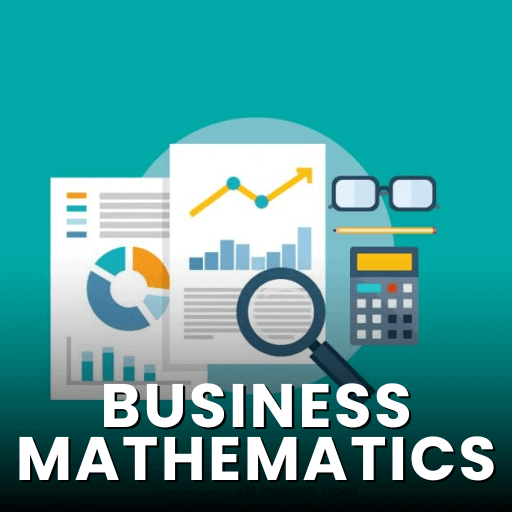Best Study Material for CA Foundation Exam
CA Foundation Exam > CA Foundation Notes > Accounting for CA Foundation > PPT - Bills of Exchange and Promissory Notes - 6
PPT - Bills of Exchange and Promissory Notes - 6 | Accounting for CA Foundation PDF Download
| Download, print and study this document offline |
Please wait while the PDF view is loading
Page 1 Bills of Exchange and Promissory Notes-Part 6/6 CPT Section A Fundamentals of Accountancy Chapter 7 Unit 3 CA. Ajay Lunawat Page 2 Bills of Exchange and Promissory Notes-Part 6/6 CPT Section A Fundamentals of Accountancy Chapter 7 Unit 3 CA. Ajay Lunawat RENEWAL OF BILLS Page 3 Bills of Exchange and Promissory Notes-Part 6/6 CPT Section A Fundamentals of Accountancy Chapter 7 Unit 3 CA. Ajay Lunawat RENEWAL OF BILLS Renewal of Bill I request you to please give me extension on the Bill Ok, but we need to make a fresh bill now Sure, please make it for 2 months period But, I will charge you interest @ 12 % p.a. on this period of 2 months I am ready to accept the new bill of the principle plus interest amount Page 4 Bills of Exchange and Promissory Notes-Part 6/6 CPT Section A Fundamentals of Accountancy Chapter 7 Unit 3 CA. Ajay Lunawat RENEWAL OF BILLS Renewal of Bill I request you to please give me extension on the Bill Ok, but we need to make a fresh bill now Sure, please make it for 2 months period But, I will charge you interest @ 12 % p.a. on this period of 2 months I am ready to accept the new bill of the principle plus interest amount Accounting Treatment • New Bill Receivable A/c Dr. To Old Bill Receivable A/c To Interest A/c In the books of Drawer • Old Bill Payable A/c Dr. Interest on Renewal of Bill A/c Dr. To New Bill Payable A/c In the books of Drawee Page 5 Bills of Exchange and Promissory Notes-Part 6/6 CPT Section A Fundamentals of Accountancy Chapter 7 Unit 3 CA. Ajay Lunawat RENEWAL OF BILLS Renewal of Bill I request you to please give me extension on the Bill Ok, but we need to make a fresh bill now Sure, please make it for 2 months period But, I will charge you interest @ 12 % p.a. on this period of 2 months I am ready to accept the new bill of the principle plus interest amount Accounting Treatment • New Bill Receivable A/c Dr. To Old Bill Receivable A/c To Interest A/c In the books of Drawer • Old Bill Payable A/c Dr. Interest on Renewal of Bill A/c Dr. To New Bill Payable A/c In the books of Drawee Example Mohan sold goods to Gupta on 1st September, 2011 for Rs. 1,600. Gupta immediately accepted a three months bill. On due date Gupta requested that the bill be renewed for a fresh period of two months. Mohan agrees provided interest at 9% was paid immediately in cash. To this Gupta was agreeable. The second bill was met on due date. Give Journal entries in the books of Mohan.Read More
|
68 videos|160 docs|83 tests
|
FAQs on PPT - Bills of Exchange and Promissory Notes - 6 - Accounting for CA Foundation
| 1. What is a bill of exchange? |  |
| 2. What is a promissory note? |  |
A promissory note is a written agreement in which one party (the maker) promises to pay a certain amount of money to another party (the payee) at a specified time or upon demand. Unlike a bill of exchange, which involves three parties, a promissory note only involves two parties.
| 3. What are the similarities between a bill of exchange and a promissory note? |  |
Both bills of exchange and promissory notes are legally binding documents used in financial transactions. They both involve a promise to pay a specific amount of money and are negotiable instruments. Additionally, both can be transferred to third parties, allowing for the transfer of debt.
| 4. What are the key differences between a bill of exchange and a promissory note? |  |
The main difference between a bill of exchange and a promissory note lies in the number of parties involved. A bill of exchange involves three parties: the drawer, the drawee, and the payee. On the other hand, a promissory note only involves two parties: the maker and the payee. Additionally, a bill of exchange is usually used in commercial transactions, while a promissory note is commonly used for personal loans.
| 5. What are the legal requirements for a bill of exchange or a promissory note to be valid? |  |
To be considered valid, both a bill of exchange and a promissory note must meet certain legal requirements. These include a written promise to pay, a specific amount of money, a fixed maturity date or time of payment, the signatures of the parties involved, and an unconditional promise to pay. Failure to meet these requirements may render the document invalid or unenforceable in a court of law.
Related Searches


























